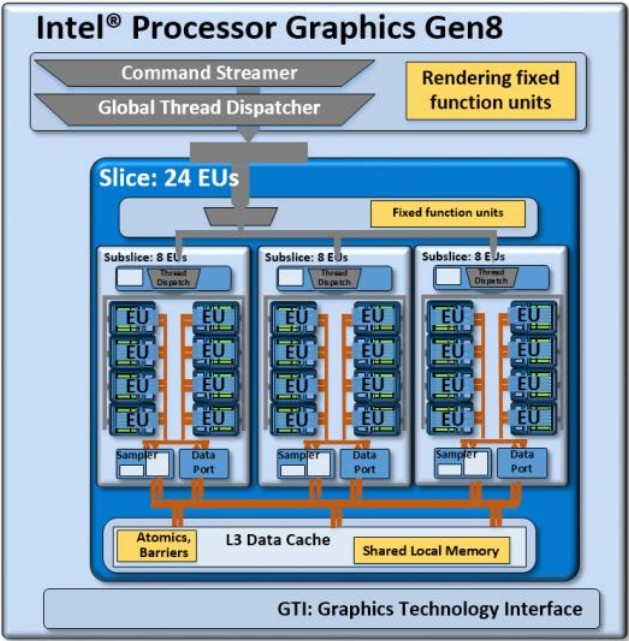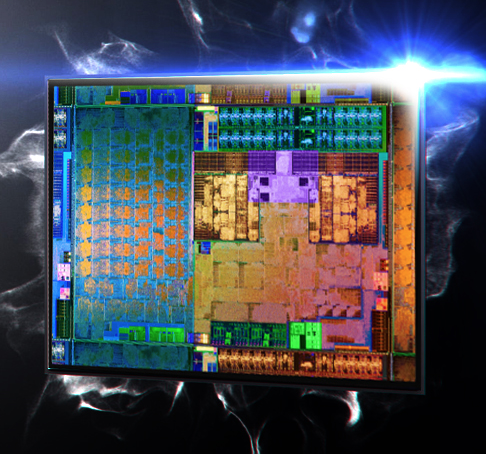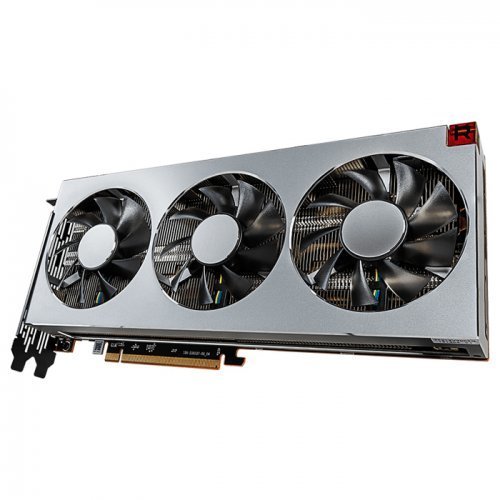



The AMD Radeon R7 M260 is a lower mid-range DirectX 11 graphics card for laptops. The actual pixel fill rate is also dependant on lots of other factors, most notably the memory bandwidth of the card - the lower the bandwidth is, the lower the ability to get to the maximum fill rate.AMD Radeon R7 M260 ► remove from comparison ROPs (Raster Operations Pipelines - also sometimes called Render Output Units) are responsible for filling the screen with pixels (the image). Pixel rate is calculated by multiplying the amount of Render Output Units by the clock speed of the card. Pixel Rate: Pixel rate is the maximum number of pixels that the graphics chip could possibly write to the local memory in one second - measured in millions of pixels per second. It is measured in millions of texels applied in a second. The higher this number, the better the video card will be at texture filtering (anisotropic filtering - AF). This figure is worked out by multiplying the total number of texture units of the card by the core clock speed of the chip. Texel Rate: Texel rate is the maximum amount of texture map elements (texels) that can be processed per second. It especially helps with anti-aliasing, High Dynamic Range and higher screen resolutions. The higher the memory bandwidth, the faster the card will be in general. If it uses DDR type memory, it should be multiplied by 2 once again. It is calculated by multiplying the card's interface width by the speed of its memory. Memory Bandwidth: Bandwidth is the maximum amount of data (counted in megabytes per second) that can be transferred past the external memory interface within a second.


 0 kommentar(er)
0 kommentar(er)
